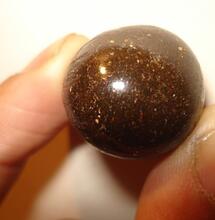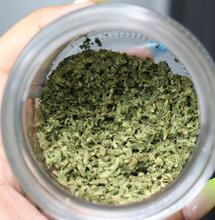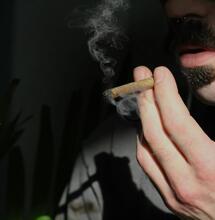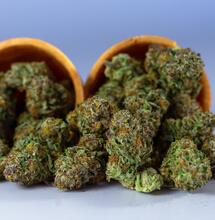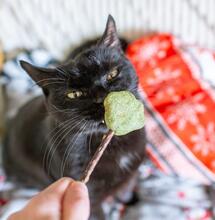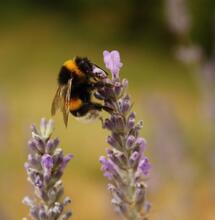The Difference Between Good and Bad Weed
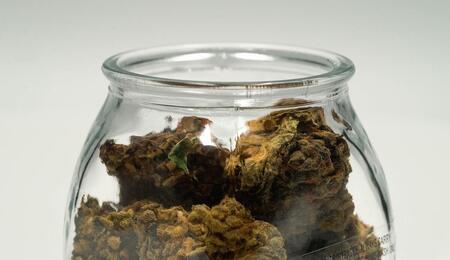
Several factors can help determine whether your weed stash is high-quality or garbage. Smell, taste, and appearance are some of the key traits that can help you identify whether the pot you are smoking is good or bad. But probably the most important thing of all is the effect and experience of weed after inhaling or ingesting it.
Even people who smoke marijuana regularly may sometimes find it hard to determine whether what they have in their bag is a bang for their buck. It takes simple tests to gauge the quality of your weed buds. Checkups can be done by smelling, touching, or simply scanning the weed with your eyes. Below are some brief guidelines on when to pay attention.
Good Weed:
Smell: Chunks emit a strong fragrance that's hard not to notice. Smelling the weed feels pleasant. The aroma is rich when burning and smoking the buds.
Texture: Nugs feel dense, sticky, and spongy to the touch. It's neither too dry nor too wet.
Appearance: The weed is pleasant to look at. The nuance of green is consistent. Depending on the strain, orange, red or purple hairs may protrude from the buds.
Cleanliness: There's no trace of intruders. No mold or pests.
Bad Weed:
Smell: The flower can take on a variety of quirky fragrances, often musty or mildewy. This is a clear indication of compromised or aged weed. In other words, a schwag!
Texture: The plant material completely breaks and crumbles even when gently touching it. That's definitely not a good weed.
Appearance: Buds and stems look dry, brittle or fragile. The weed feels light and airy, almost weightless, very different from dense, sticky buds.
Cleanliness: Small powdery or fuzzy spots are all over the plant material. This is a red alert for moldy weed, which usually smells like hay. It's also bad on the taste.
Effects of Good Weed vs. Bad Weed
Even if you can't tell the difference between good and bad weed based on visual or olfactory characteristics, you can undoubtedly bring a conclusion once you consume the buds. The effect and experience generated by good, high-grade buds are pretty easy to tell from low-quality stuff.
Here's what to anticipate from good weed:
- A strong mind-altering effect, mood-improving and may even feel energized or creative.
- Full body stone or intense rush of adrenaline-like sensation you feel in the cheeks, jaw and forehead.
- The effect lasts longer and fades slowly over the course of several hours.
In contrast, shitty weed offers a less memorable experience:
- A mild psychophysiological effect that will not necessarily make you feel good.
- Less intense adrenaline feeling or body stone
- A shorter effect that may fade quickly
Of course, the experience of weed is also determined by a number of other factors, including the strength of the strain and the THC tolerance a person has. Some strains may also contain other cannabinoids such as CBD, CBN, or CBG, each adding a different twist to the smoke.

How to Preserve Weed Quality?
When you are the grower, the quality of weed that you grow is the direct result of your grow skills. Except perhaps if you are cultivating a plant with lousy genetics, in which case there isn't much that you can do to improve the taste, smell, or effects of the buds. Poor genetic properties mean what it means: poor quality of weed.
When purchasing weed, it's good to know who cultivated it and how it was handled after harvest. Good cannabis is a result of cultivating plants in the best environment possible and regularly tending to the plant's needs. If you are a beginner-level grower, opt for cultivars that are easier to handle (like autoflowers), that wouldn't require gardening skills that take time to hone. This increases the chances of having a decent product in the end.
While growing is important, the story of producing good-quality weed does not end with the harvest. Drying, curing, and storing is another area of practice when dealing with marijuana. While the flower has no expiration date, its quality will significantly decrease if not adequately stored. Preferably, cannabis is stored in a cool, dark, and dry place.
How to Store Properly?
The two most important things to watch out for when you store, is room conditions (such as temperature and humidity) and overexposure to outside elements. The general recommendations:
- Store marijuana at temperatures below 75 degrees to avoid mold and mildew.
- The ideal temperature range is between 55 and 65 degrees Fahrenheit.
- Room humidity is preferably not above 60% or below 50%.
- Exposure to light or air should be minimal.
- It's best to keep your nugs in a sealed container. For example, a glass jar (one of the best storing options), which you place in a dark place, such as a cupboard or a drawer.
Enjoy the good buds!

